
Category: space – Page 536

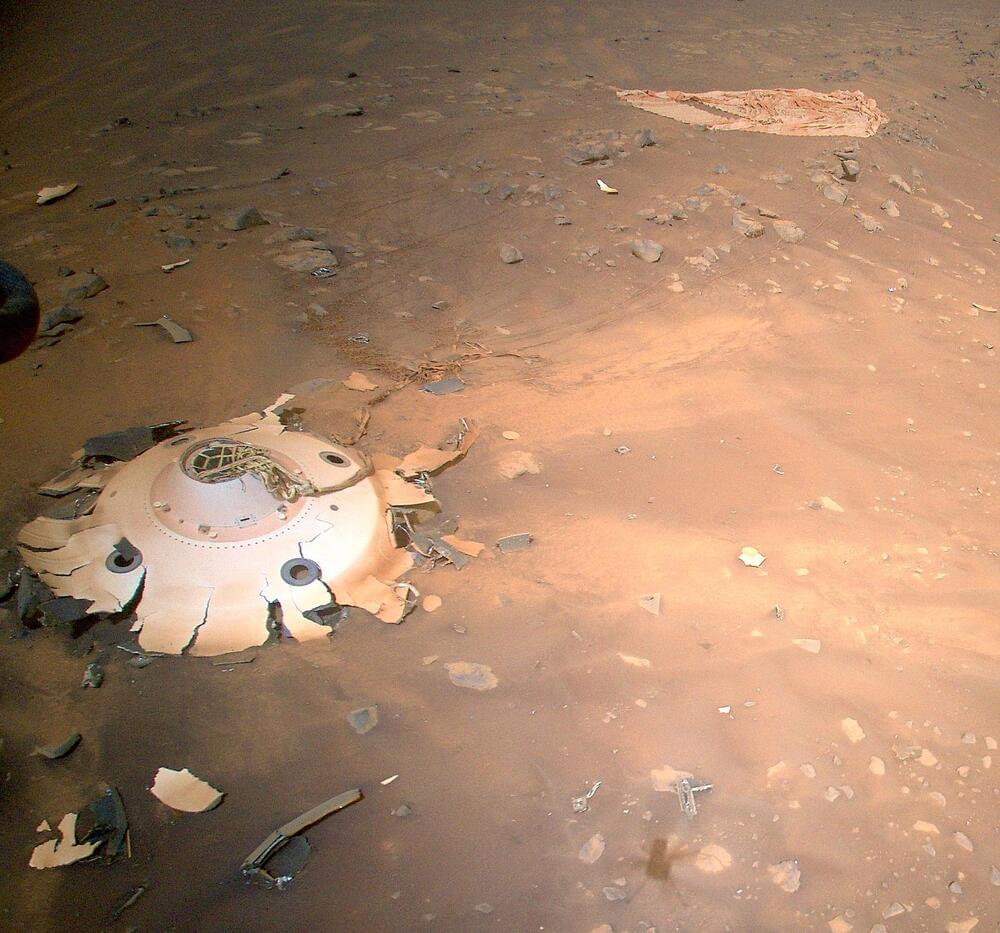
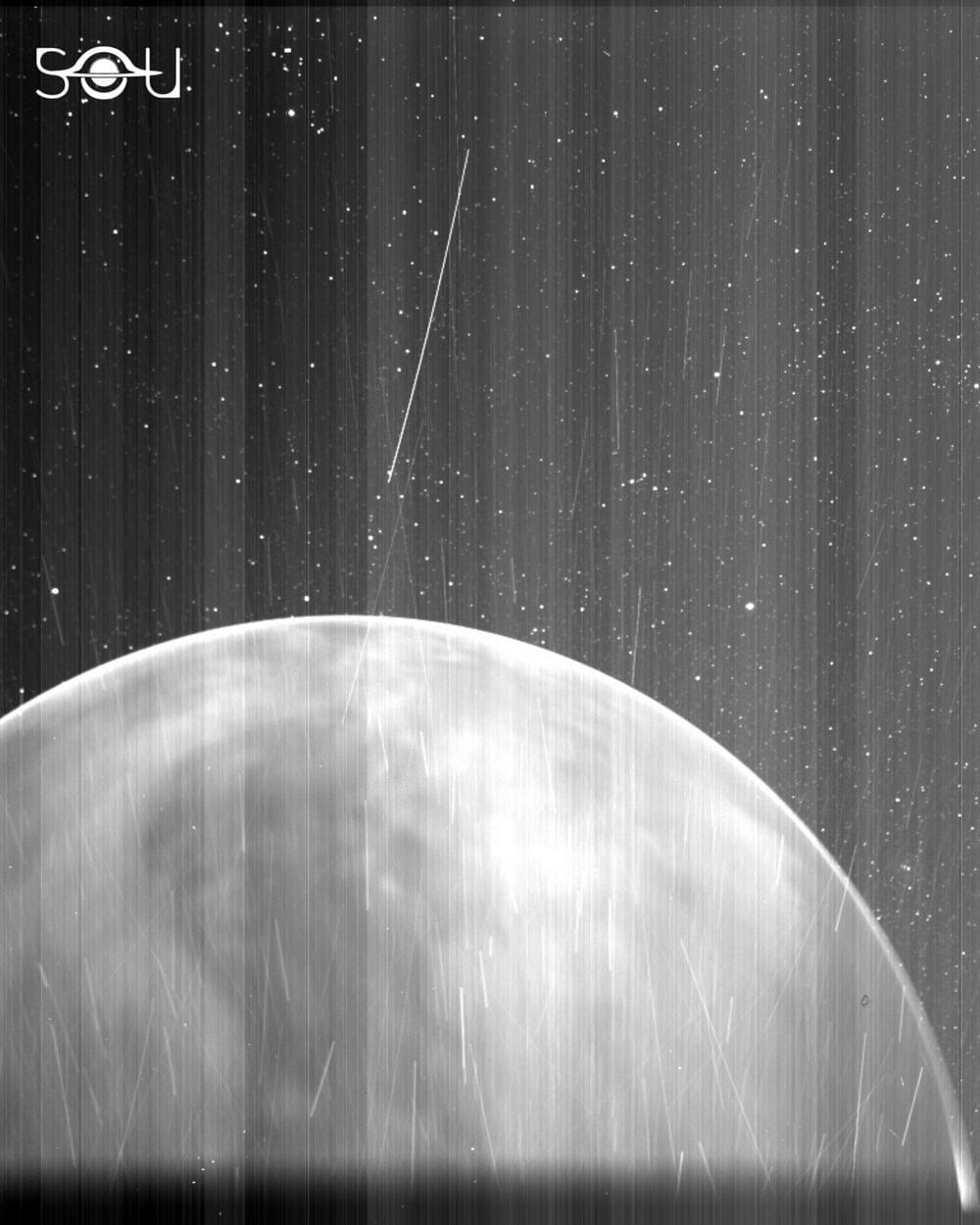
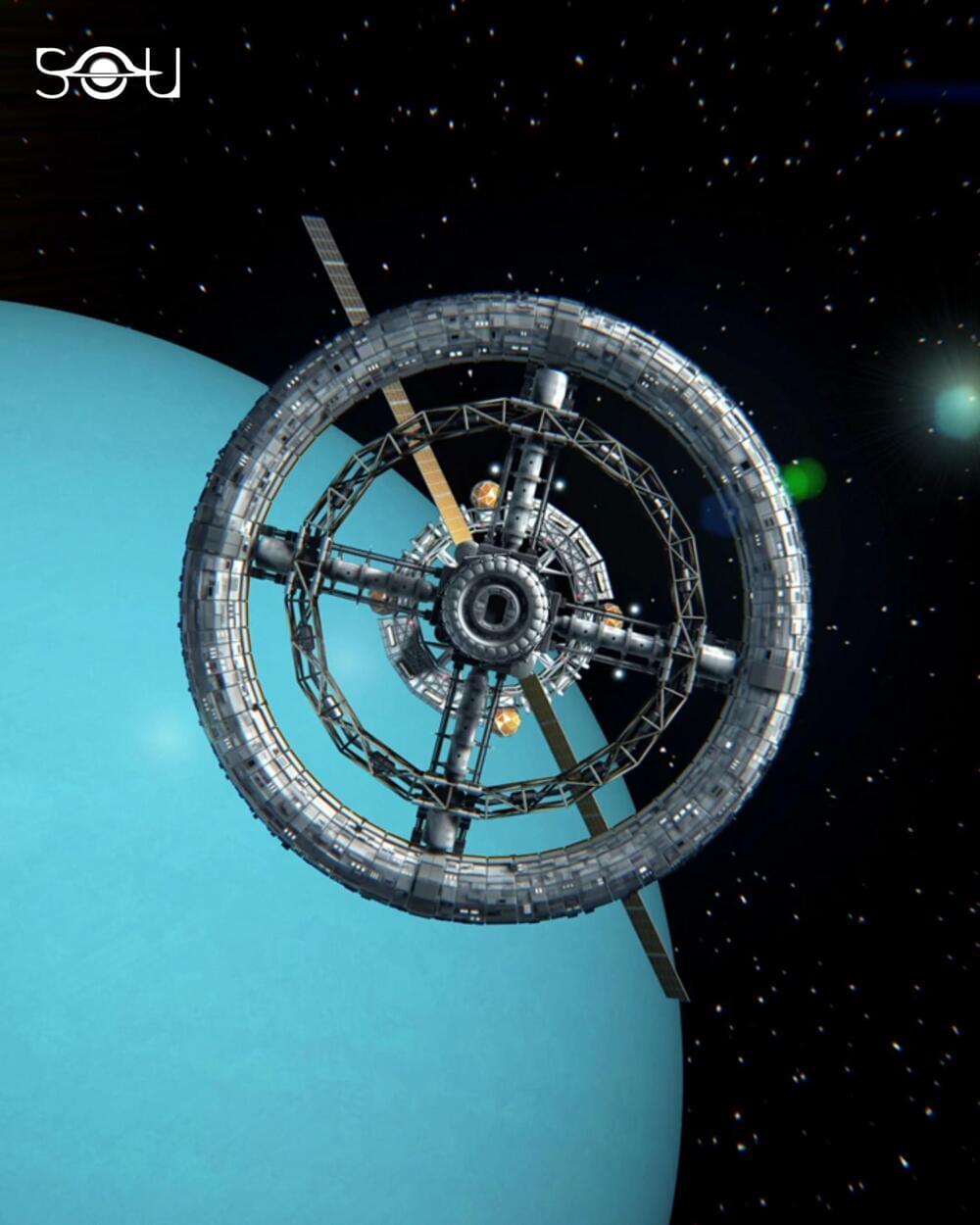

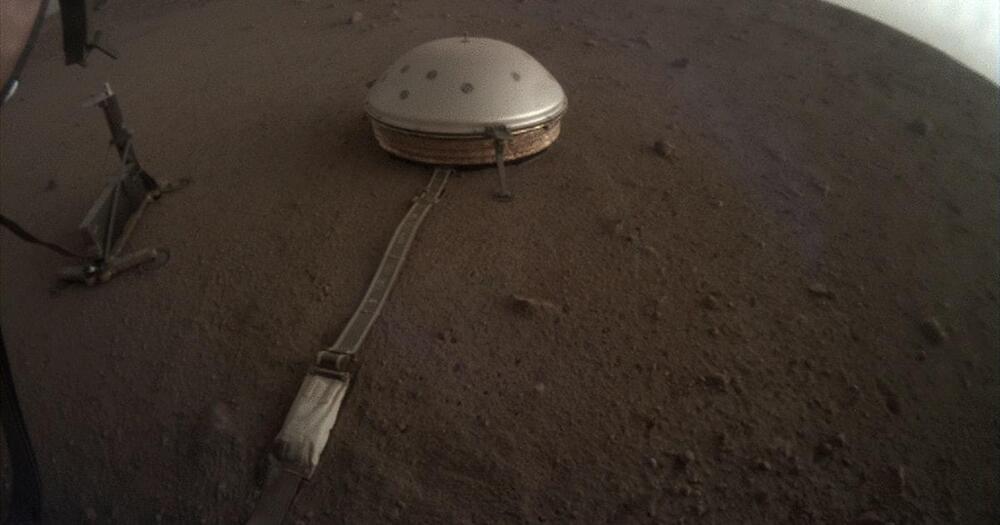
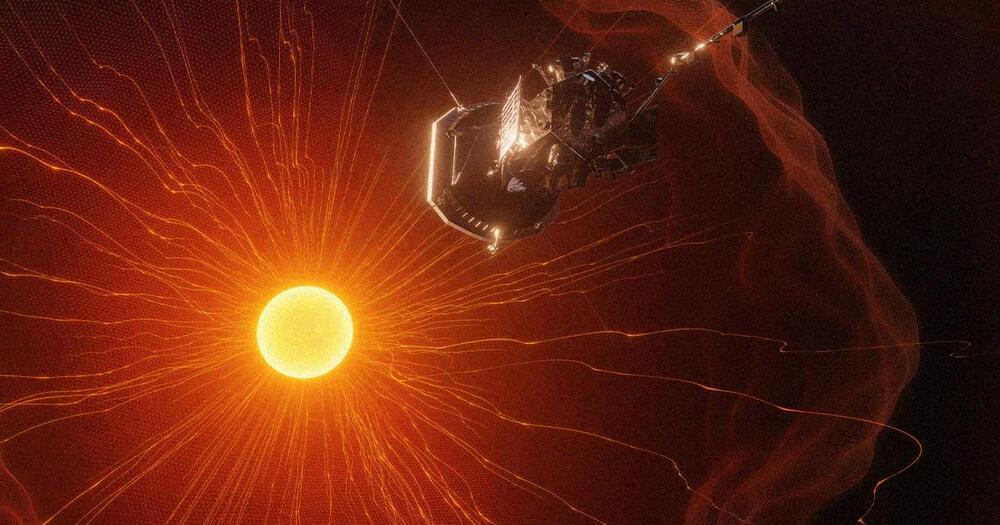
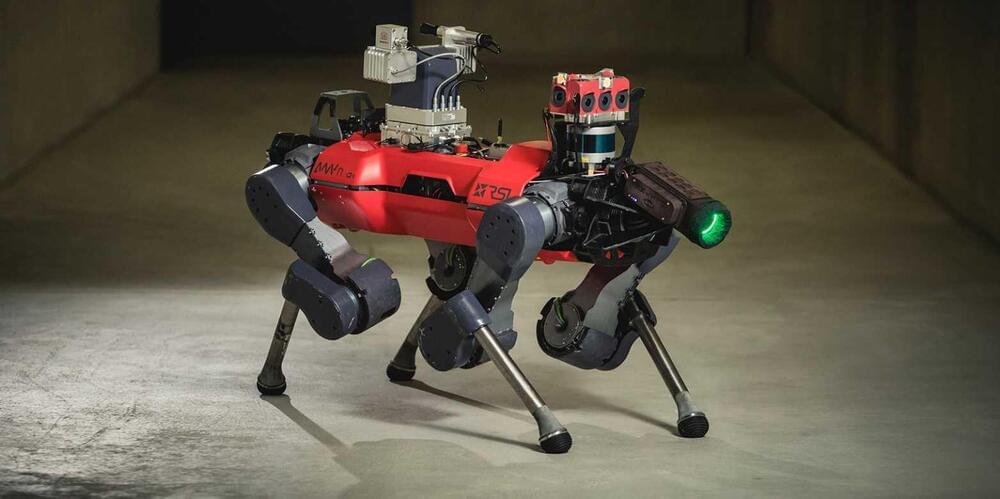
Robot dog may get to go to the moon
The robotic explorer GLIMPSE, created at ETH Zurich and the University of Zurich, has made it into the final round of a competition for prospecting resources in space. The long-term goal is for the robot to explore the south polar region of the moon.
The south polar region of the moon is believed to contain many resources that would be useful for lunar base operations, such as metals, water in the form of ice, and oxygen stored in rocks. But to find them, an explorer robot that can withstand the extreme conditions of this part of the moon is needed. Numerous craters make moving around difficult, while the low angle of the sunlight and thick layers of dust impede the use of light-based measuring instruments. Strong fluctuations in temperature pose a further challenge.
The European Space Agency (ESA) and the European Space Resources Innovation Center ESRIC called on European and Canadian engineering teams to develop robots and tools capable of mapping and prospecting the shadowy south polar region of the moon, between the Shoemaker and the Faustini craters. To do this, the researchers had to adapt terrestrial exploration technologies for the harsh conditions on the moon.
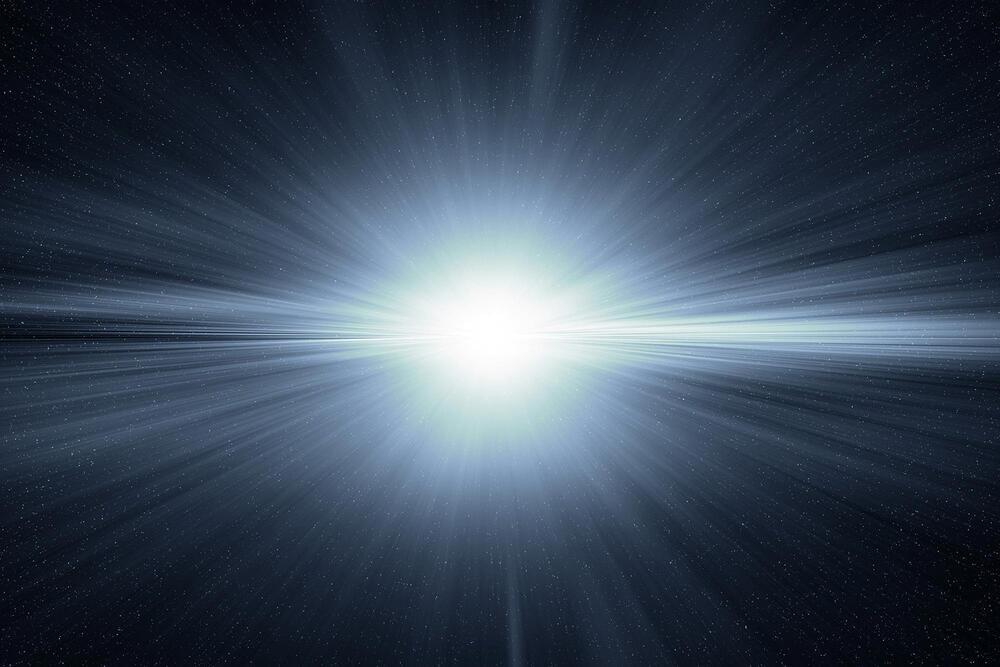
Rapid Neutron Capture: Astronomers Discover “Gold Standard” Star in Milky Way
A team of astronomers led by University of Michigan’s Ian Roederer and including Carnegie’s Erika Holmbeck have identified the widest range of elements yet observed in a star beyond our own Sun. Their findings will be published in The Astrophysical Journal Supplement Series.
The researchers identified 65 elements in the star, which is called HD 222925. Of these, 42 are from the bottom of the periodic table. Their identification will help astronomers better understand rapid neutron capture process — one of the main methods by which the universe’s heavy elements were created.
“To the best of my knowledge, that’s a record for any object beyond our Solar System. And what makes this star so unique is that it has a very high relative proportion of the elements listed along the bottom two-thirds of the periodic table. We even detected gold,” explained Roederer, a former Carnegie postdoc. “These elements were made by the rapid neutron capture process. That’s really the thing we’re trying to study: the physics in understanding how, where and when those elements were made.”
